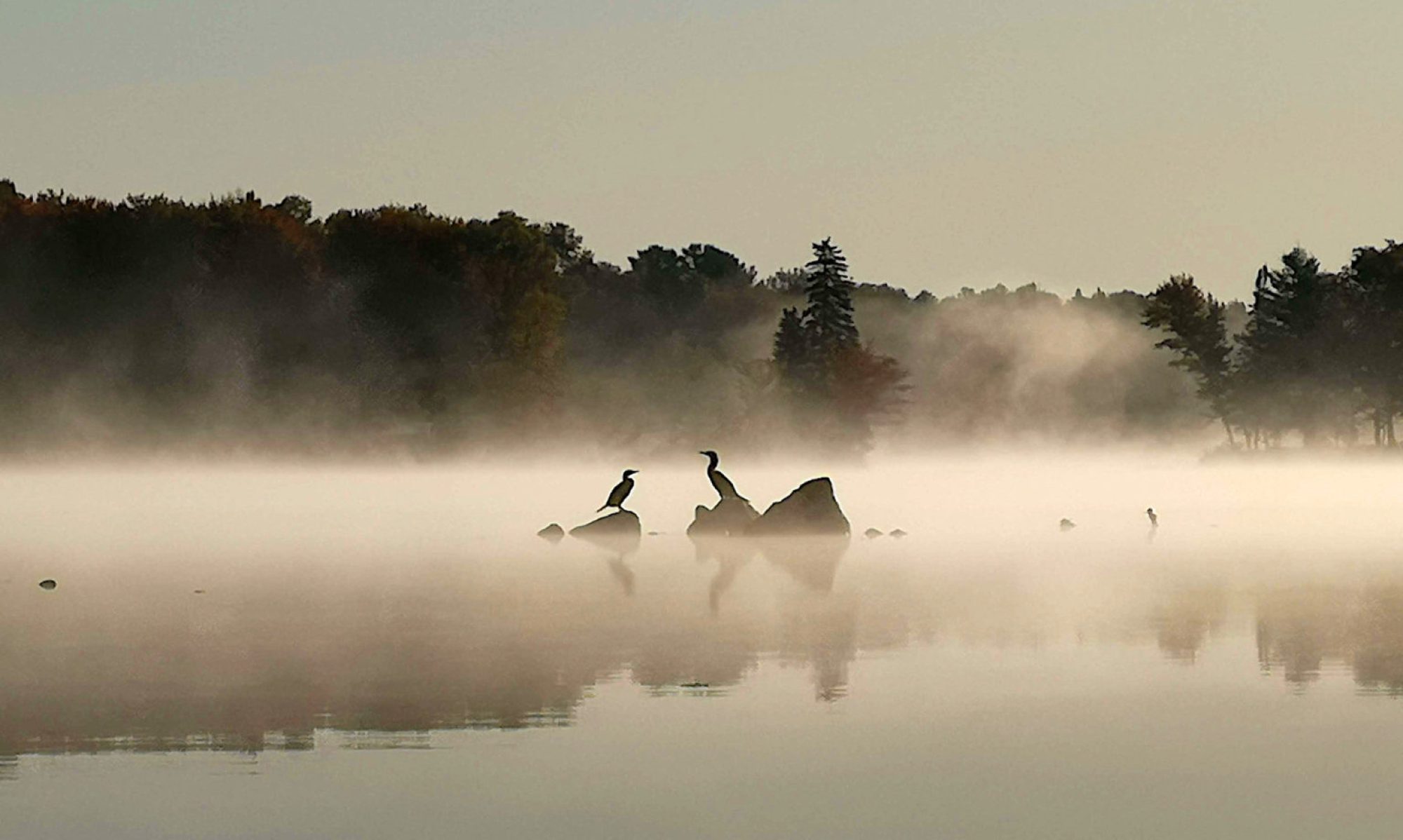
From Dave Burkey for Jax Examiner: “They called him the Black Swallow, and from the beginning of his life, all he wanted to do was get to France.He was born in Georgia, his father a former slave from Haiti, his mother full-blooded Cree. He ran away while still a child, determined to fulfill his destiny. He lived for a time with a group of English Romani, learning the art of horsemanship and working as a jockey. He kept traveling and working until he made his way to Norfolk, where he stowed away on a ship bound for Scotland.He wouldn’t see America again for thirty years. Towards the end of his life, he worked as an elevator operator at Rockefeller Square in New York City.”
The captain of Charles Darwin’s ship invented the idea of a weather forecast

From the BBC: “Admiral Robert FitzRoy is chiefly remembered as Charles Darwin’s taciturn captain on HMS Beagle, during the famous circumnavigation in the 1830s. But in his lifetime FitzRoy found celebrity not from his time at sea but from his pioneering daily weather predictions, which he called by a new name of his own invention – “forecasts”. There was no such thing as a weather forecast in 1854 when FitzRoy established what would later be called the Met Office. Instead the Meteorological Department of the Board of Trade was founded as a chart depot, intended to reduce sailing times with better wind charts. But the idea that the weather could be predicted was widely ridiculed.”
Note: This is a version of my personal newsletter, which I send out via Ghost, the open-source publishing platform. You can see other issues and sign up here.
The scientist who decodes the songs of undersea volcanoes

From Robert George Andrews for Quanta: “A volcanologist at Western Washington University, Caplan-Auerbach is also a seismologist, someone who uses the jiggles of earthquakes to understand geophysics. And it just so happens that active volcanoes are prodigious earthquake producers. For Caplan-Auerbach, that noise is music to her scientific ears — data that can be used to learn about the internal workings of our planet. Listening to these volcanic songs isn’t just about satiating scientific curiosity. When a submarine volcano in the South Pacific exploded in January 2022, it produced a devastating regional tsunami, and buried the Kingdom of Tonga’s main island in ash. Caplan-Auerbach and her colleagues hope that by studying the soundtrack of such violent eruptions, they can ease the impact of future disasters.”
Editor’s note: If you like this newsletter, I’d be honoured if you would help me by contributing whatever you can via my Patreon. Thanks!
There’s a hidden doorway behind the heads on Mount Rushmore

From the US Park Service: “Sculptor Gutzon Borglum dreamed of creating a written description to accompany the giant sculpture on Mount Rushmore. The original idea for the memorial included a large inscription to be carved alongside the figures, but the text could not be made large enough to read at such a great distance. So Borglum planned to create a large room within the mountain, which would hold the documents and artifacts most central to American democratic history. With Borglum’s death in 1941 and World War II, all work on the memorial came to a close on October 31, 1941. But in 1998, a repository of records was placed in the floor of the hall entry. This repository consists of a teakwood box, inside a titanium vault, covered by a granite capstone.”
How a 40-year-old jazz album suddenly became a viral hit

From Vrinda Jagota for Pitchfork: “In 2014, Debayan Sen found a mysterious album inside of a trunk in his mother’s attic, in Kolkata, India. The sleeve featured a picture of his mom as a young woman along with her name—Rupa—in big, bold lettering. That was the day Debayan learned about his mother’s past life as a singer. Suddenly reminded of this discovery last year, Debayan decided to Google the record. The results surprised his family: Rupa’s first and only album, 1982’s Disco Jazz, was selling for hundreds of dollars. Since then, Disco Jazz has been reissued by Numero Group, the archival label. “Aaj Shanibar,” one of its four tracks, has also started to spread through the strange rabbithole that is YouTube’s recommendation algorithm.”
She paddled 850 miles in an inflatable kayak at the age of 60

From Jen Miller for the New York Times: “When Audrey Sutherland made a plan to set out in an inflatable kayak, alone, and paddle 850 miles from Ketchikan to Skagway in Alaska, she was not what most would have considered a typical candidate for the feat, especially in 1980. She was a woman. She was 60 years old. And most of her paddling experience — extensive as it was — had been in Hawaii, where the waters were warmer, calmer and more inviting. Also, there was a holdup: Her request for a two-month leave from her job had been rejected. She resigned the next day and set out for Alaska two months later. She made the paddle in 85 days, split over two summers, and decided to keep going. She covered more than 8,000 solo miles over the next 25 years.”
